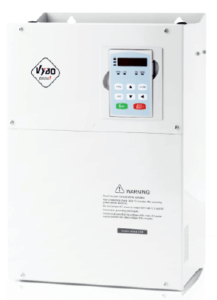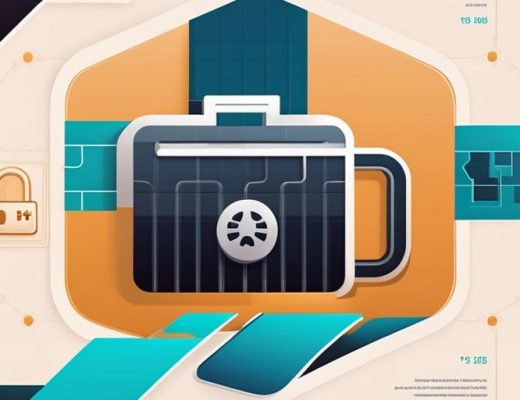A frequency drive is a device that is increasingly used to control drives. Gradually, frequency drives are also finding their way from complex industrial applications to single-load devices. In this case, we are talking about frequency drives for standard applications. While both the functional equipment and the method of control are adapted to this way of using the frequency drive. We took a look at what is now a common part of the affordable Standard A550 frequency converters.
The drive control of simple-load devices such as conveyors, fans and pumps can already be easily solved with a frequency drive. In the standard class, they are available at very favorable prices, so the return on investment is very fast. An example is the Standard A550 frequency converter with V / F scalar control and a wide range of functions, but still user-friendly control. Even in the standard class of frequency drive, you can count on safety and reliability.
The frequency drive also contributes to safe operation
We do not mention safety in connection with the use of a frequency drive by accident. The operation of the electric motor itself can be negatively affected by various external factors, which the operator often does not even have the opportunity to influence. We can talk, for example, about overvoltage, undervoltage or fluctuating pressure in the system with the pump. By allowing the speed of the asynchronous electric motor to be continuously regulated, the frequency drive ensures its safe and efficient operation.

In addition, you can already rely on the integrated brake unit and safe stop system within the standard class of frequency inverters in the event of damage to the electric motor or the driven equipment. Variable frequency drive V810 is configured to the basic settings from the factory, so you can start using it immediately after correct installation.
Let us add that the integration of the frequency drive into the drive system clearly contributes to higher safety of the entire operation. The Lower energy consumption and, last but not least, to a longer service life of the electric motor.




